MORE GREAT TITLES FROM
CONWAY
tap to read more



 www.conwaypublishing.com
www.conwaypublishing.com
 http://www.facebook.com/pages/Conway-Publishing
http://www.facebook.com/pages/Conway-Publishing
 www.anovabooks.com
www.anovabooks.com
NELSON
NAVY & NATION

The Battle of Trafalgar, 21 October 1805, by J.M.W. Turner, oil on canvas, 1822-24 (BHC0565)
NELSON
NAVY & NATION
THE ROYAL NAVY & THE BRITISH PEOPLE 1688-1815
EDITED BY
QUINTIN COLVILLE & JAMES DAVEY
INTRODUCTION BY N.A.M. RODGER


This book is published to accompany a long-term gallery in the National Maritime Museum at Greenwich, entitled Nelson, Navy, Nation.
National Maritime Museum, 2013
First published in Great Britain in 2013 by
Conway
A Division of Anova Books Ltd
10 Southcombe Street
London W14 0RA
Conway publishes an unrivaled range of books on naval history and maritime culture. To receive regular updates on forthcoming titles, email with 'Conway Update' in the subject field, or visit:
www.conwaypublishing.com
@conwaybooks
Published in association with Royal Museums Greenwich, the group name for the National Maritime Museum, Royal Observatory Greenwich, Queens House and Cutty Sark.
www.rmg.co.uk
All rights reserved. No part of this publication may be reproduced, stored in a retrieval system, or transmitted in any form or by any means electronic, mechanical, photocopying, recording or otherwise, without the prior written permission of the copyright owner.
First eBook publication 2013
ISBN 9781844862269
Also available in hardback
ISBN 9781844862078
The information in this publication has been given as fully and accurately as possible but some areas of uncertainty inevitably exist. Captions for paintings and items on paper include titles, artists/makers, publishers, materials and techniques where known and relevant. For reasons of space, those for most other objects do not give materials, techniques and manufacturers. Dates of creation, where established, are given throughout. Relevant English inscriptions are given where they would otherwise be illegible. All the images and objects featured are from the National Maritime Museum or collections entrusted to its care. Reference numbers are given for every object, with full credit and collection information on p. 235.
This book can be ordered directly from the publisher at
www.anovabooks.com, or try your local bookshop
CONTENTS

A Sailor fishing off a Gun [on the] Pallas, by Gabriel Bray, watercolour, 1775 (PAJ2016)
DIRECTORS FOREWORD
T o me, as director of Royal Museums Greenwich, the connections between Nelson, navy and nation seem obvious. Greenwich has been linked with the Royal Navy for half a millennium: Henry VIII founded two Royal Dockyards at Woolwich and Deptford, close to his birthplace and favoured retreat here. During the period covered by this book, the establishment of the Royal Hospital for Seamen at Greenwich, and the completion of its magnificent buildings, strengthened the local connection with the senior service. In the 1820s, the Hospitals Painted Hall itself a soaring monument to navy and nation, in which Nelsons body lay in state before his funeral became the National Gallery of Naval Art, launching the modern role of Greenwich in presenting Britains maritime heritage to the public. This display was soon enhanced by other relics and objects, many associated with Admiral Lord Nelson.
A century after the founding of this Naval Gallery, a successful campaign began to create a National Maritime Museum that would tell the story of Britains eventful engagement with the sea from the viewpoint of both the Royal Navy and the merchant fleet. When the new Museum opened in 1937, it took over the privilege of caring for and interpreting the rich pre-existing Greenwich-based collections, as well as new ones added by major benefactors like Sir James Caird. Throughout all these developments, there was an unshakeable belief in, and understanding of, the importance of the Royal Navy to Britains history, ongoing prosperity and very survival. The connections between Nelson, navy and nation were, therefore, still clear and present.
But times and perceptions change. Audiences visiting Greenwich today are more diverse than before and less imbued with (or impressed by) the certainties that once informed displays celebrating the age of Britains seaborne empire. Now, Nelson is as likely to be followed by Mandela as preceded by Horatio. The Museums new long-term gallery Nelson, Navy, Nation reflects these shifts and presents anew the fascinating story of the Royal Navy and the British people in the long eighteenth century. This book, which develops the gallerys themes, is illustrated from the Museums world-class collections and underpinned by scholarship based on the unrivalled archival holdings of its Caird Library.
I thank the editors our curators of naval history, Quintin Colville and James Davey for their efforts in putting the volume together. They have assembled a range of distinguished contributors who represent the breadth of new scholarship on the subject. It is my belief that both the book and the associated gallery demonstrate the continued relevance of that enduring nexus of Nelson, navy and nation for twenty-first-century audiences.
DR KEVIN FEWSTER, AM FRSA
EDITORS PREFACE
I n recent decades, naval history has been enriched by a wealth of new research from within and beyond the discipline. The Royal Navy has been used, for instance, to open fresh perspectives on questions of national identity and imperialism. Scholars of economics and the British state have explained its successes and failures in terms of finance, governance and administration. Others have re-examined the social realities of shipboard life, the nature of naval medicine and surgery or those resilient mythologies about maggot-ridden naval food and the workings of the press gang. Looking across this varied field, what seems most apparent is that there has been a shift from the study of the navy as a separate and separable institution, to an interest in the complex relationships between ship and shore, Britain and its empire, navy and nation.
This is, therefore, an exciting time to address this burgeoning subject. Capitalising on such vibrant scholarship, the chapters that follow focus on a period in which navy and nation went through remarkable changes. The years between William of Oranges arrival on English shores in 1688 and the defeat of Napoleon in 1815 were defined by intense competition and conflict with great European powers. This was also a time in which social, cultural and economic developments allowed more people than ever before to engage with national affairs through rising literacy rates, consumer practices and popular politics. Moreover, the political unions of 1707 and 1801 (with Scotland and then Ireland) saw the British nation emerge as a territorial entity for the first time. It was within this crucible that the Royal Navy was transformed from an outnumbered and often isolated force into one that dominated the worlds oceans.
Next page
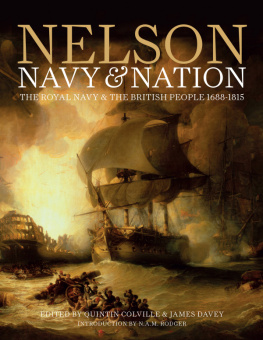

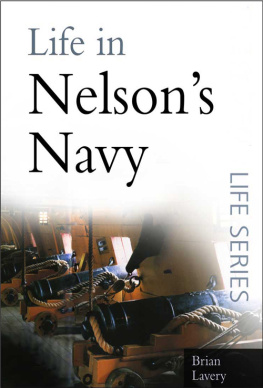
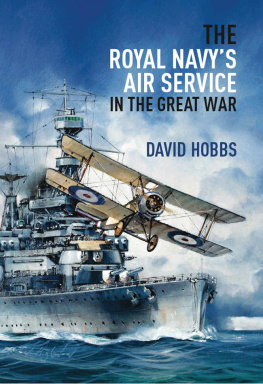
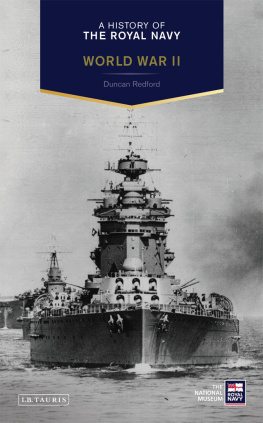
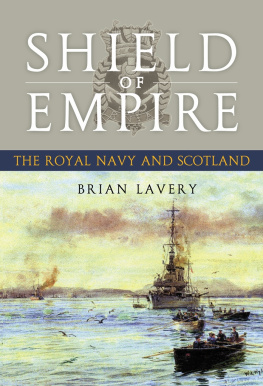


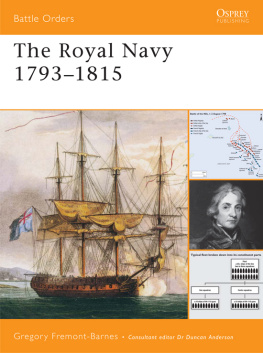
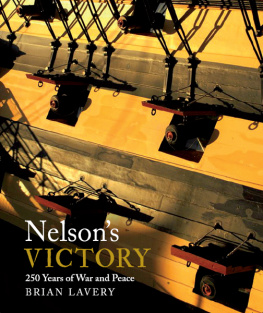
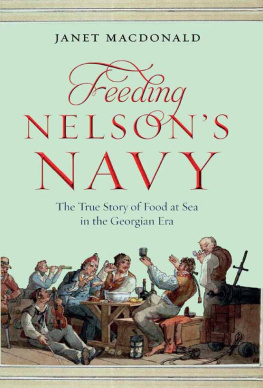



 www.conwaypublishing.com
www.conwaypublishing.com http://www.facebook.com/pages/Conway-Publishing
http://www.facebook.com/pages/Conway-Publishing www.anovabooks.com
www.anovabooks.com


